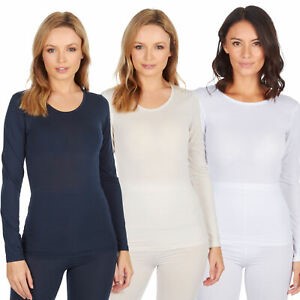
The base layer is one of the most basic components of layering your outdoor clothing. These materials should be in direct contact with your skin so that they can do their main job of managing sweat and drawing moisture away from your body. If you do a lot of hiking, cycling or even mountain climbing, base layers are the best way to keep you warm and dry.
Here we are going to look at the pros and cons of three different base layer materials.
Synthetic base layer materials
There is a huge range of different base layer materials you can choose from, including polyamide, nylon, polyester and elastane. Each fabric will have different features; however, common properties across all synthetic materials are that they stretch, keep their snap, and fit snugly to your body. Synthetic base layers are the best at keeping moisture away from your body and are incredibly durable and resistant to harsh weather conditions.
What about the cons of synthetics? Well, they absorb a lot of bacteria that cause odour, so they do tend to end up a bit smelly if you don’t wash them between wears. For extended trips, synthetic base layers are not a great choice.
Merino wool base layers
Merino wool is both natural and sustainable, which is why it has gained such popularity. Unlike heavy wool, an Irish merino wool sweater will be a more flexible and lighter option that is beautifully soft against the skin. More advantages of merino wool products, which are available from stockists such as https://www.shamrockgift.com/irish-aran-fisherman-sweater, are that they are resistant to odours and bacteria.
This base layer also has its cons. It is much less durable than synthetic materials, can easily tear, and insects such as mites and moths will be attracted to it. Synthetic materials are quick-drying, whereas merino wool will take a lot longer to dry due to how dense it is.
Hybrid base layers
These are materials made up of a blend of wool and synthetic fibres. As they combine both fabrics, they have the pros of both and the cons of both; for example, the base layer clothing could be warm, soft and have amazing antibacterial properties from the merino wool combined with quick-drying and excellent durability from the synthetic fibres.






